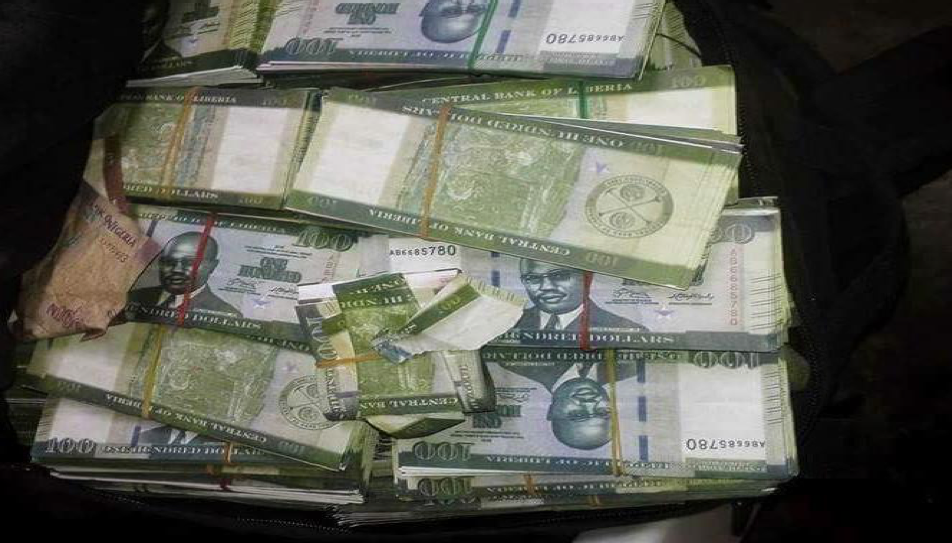MONROVIA, Montserrado – The Senate has commenced hearings into the Central Bank’s request to print new banknotes to replace the current family of banknotes in circulation.
On Tuesday, February 18, the House of Representatives forwarded a resolution to the Senate seeking the senators’ approval to print a new family of banknotes worth L$48.733 billion (US$282 million).
Members of the lower house had unanimously voted to accept the Central Bank’s request to print a new family of Liberian dollar banknotes. The bank has said this would address the country’s current liquidity demands and the lack of confidence in the banking sector.
In their resolution, representatives agreed that a new family of banknotes should carry more secure features and maintain the current denominations of L$5, L$10, L$20, L$50, L$100, L$500, and include a new denomination of L$1,000.
According to the resolution, the currency reform proposal for the comprehensive replacement of the existing family of Liberian dollar banknotes will be made in a period of three years, beginning in 2021.
L$35.8 billion will be printed in 2021 (at a cost of US$39.7 million), L$7.5 billion in 2022 (at the cost of US$3.6 million), and L$5.4 billion in 2023 (for US$2.2 million) to meet the current and medium-term currency demands. The cost to print will be approximately 16 percent of the banknotes’ equivalent face value, using today’s exchange rate.
The Central Bank made the request through a resolution from the Board of Governors followed by an appeal by President George Weah to the legislature during his fourth State of the Nation Address on January 25. The president called on the legislature to swiftly address the liquidity problems before another season when the local currency would be in high demand.
“In the face of this liquidity situation, and while we endeavor to encourage our citizens to sustain the wider use of mobile money for transactions, the Executive [Branch] will intensify consultation with the National Legislature to pursue currency reform, to promote monetary policy credibility and enhance confidence in the economy,” Weah said.
According to the Bank’s Executive Governor Aloysius Tarlue, the legislature’s approval will fast-track the systemic procurement process of printing and delivering new banknotes to the country in at least six months.
“The estimated cost of printing the full L$48.733 billion (569.023 million pieces of paper banknotes) for the three years is approximately US$45.522 million. It is important to note that this estimated cost doesn’t include domestic logistics requirements for the replacement exercise and the costs of the designs, quality, and security features,” he said.
Tarlue’s statement indicates that the cost of printing each banknote is 7.9 U.S. cents. This means that both the L$5 and L$10 banknotes cost more to print than their face values, equivalent to 2.9 and 5.8 U.S. cents, respectively.
After receiving the lower house’s communication, the Senate mandated a joint committee made of senators from committees on banking, finance, budget, public accounts, the judiciary, claims, and petition to investigate the resolution and report back after the Easter holiday break.
On Tuesday, a press release issued by the Senate’s director of Press and Public Affairs, Jarlawah Tonpo, disclosed that the joint committee had begun a series of consultations. The release noted that the joint committee would convene today, March 24, to allow state actors to give their perspectives on printing the family of new banknotes.
Tonpo said representatives of the Central Bank and the Ministry of Finance would be placed under oath to justify the request. Other experts invited to provide their opinions include the heads of the Bankers Association and the Liberia Chamber of Commerce, former Central Bank governor Nathaniel R. Patray, the director of the Graduate Program in Business and Public Administration at the University of Liberia, the dean of the Business College at the Cuttington University Graduate School and Professional Studies, and other stakeholders in the financial sector.
Featured photo by S. Kannay Ziamo


